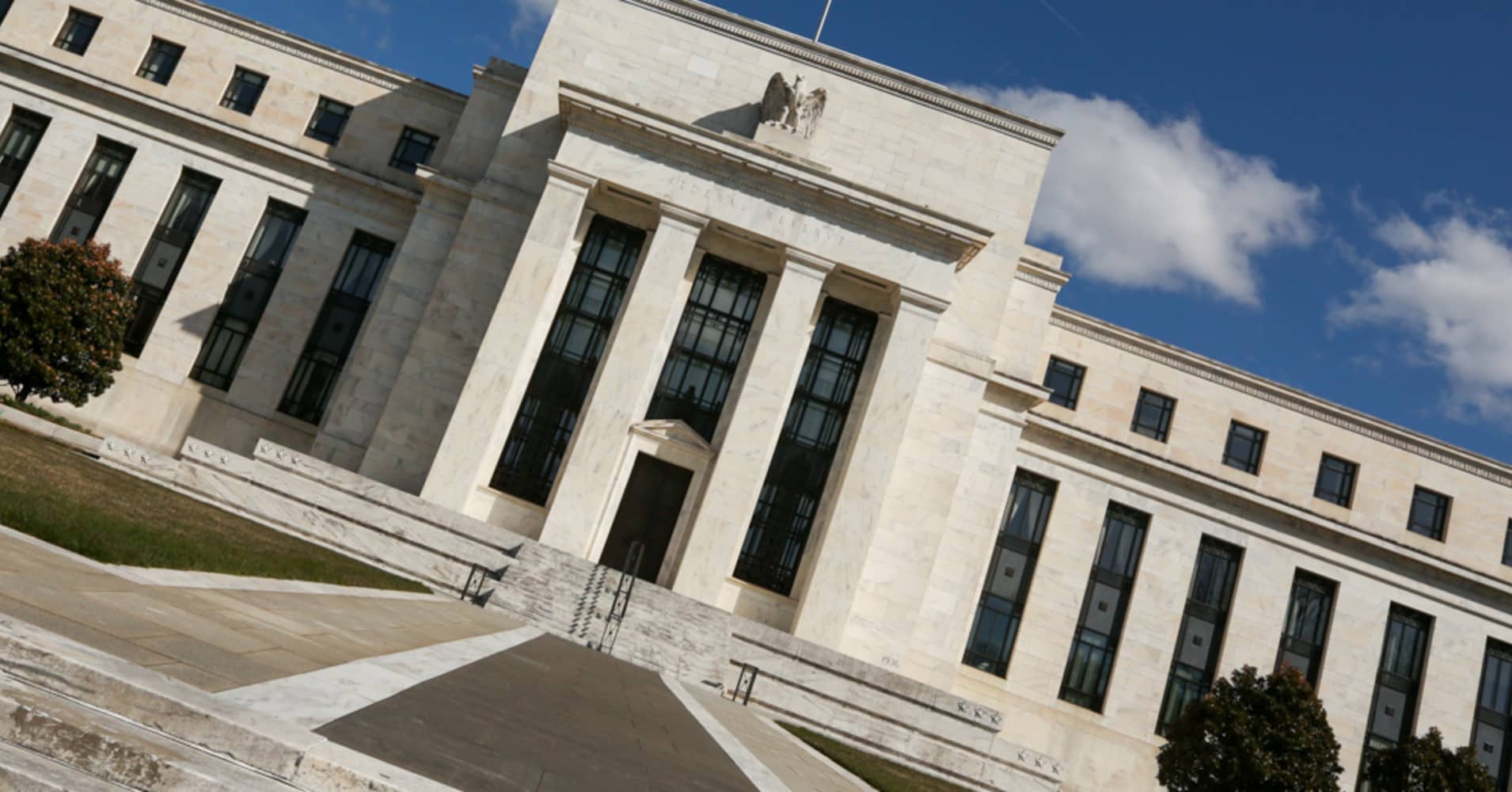
Smaller banks would face "significantly" reduced regulations while larger institutions would see largely the same scrutiny under rules the Federal Reserve proposed Wednesday.
The changes would be the latest moves the central bank has made to reduce the regulatory burden for community and regional financial institutions, unwinding some of the restrictions put in place after the financial crisis.
"The proposals before us would prescribe materially less stringent requirements on firms with less risk, while maintaining the most stringent requirements for firms that pose the greatest risks to the financial system and our economy," Fed Chairman Jerome Powell said in a statement. "And the proposals seek to maintain a middle ground for those firms that are clearly in the middle."
Under the plan, banks could be divided into four categories, each with different risk profiles.
The lowest rung would entail banks with between $100 billion and $250 billion in assets. They "would be subject to significantly reduced requirements" including exclusion from stress tests the Fed conducts to see how banks would hold up in the face of another financial crisis.
The next level would be those with $250 billion or more in assets or with $100 billion in assets that "exceed certain risk thresholds." They would be subject "enhanced standards," which would be tailored to meet the banks' risk profiles.
A third category would focus on those with "global scale," or assets at $700 billion or more or with $75 billion cross-jurisdictional activity. They would have "more stringent prudential standards." The final category, considered global systemically important banks, or GSIBs, would have the same highly stringent standards adopted after the crisis.
The overall aim, according to a Fed memo, would be to alleviate regulatory burdens were necessary "while still maintaining the gains made over the past decade" in terms of stabilizing the system and guarding against another too-big-to-fail scenario as happened during the crisis.
"Congress and the American people rightly expect us to achieve an effective and efficient regulatory regime that keeps our financial system strong and protects our economy, while imposing no more burden than is necessary," Powell said.
The new rules come five months after Congress eased the burden on banks with $50 billion and $100 billion in assets from compliance with some of the more stringent parts of the Dodd-Frank reforms. Congress directed the Fed to come up with rules for banks above the $100 billion threshold, and the changes released Wednesday address those issues.
Randal Quarles, the Fed's vice chair for regulation, emphasized that banks in the $100 billion-$250 billion range "do not exhibit meaningful levels of interconnectedness and complexity." They would be exempt from "liquidity coverage ratios" that help dictate banks' risk profiles.
Banks in that range include State Street, BB&T and Suntrust.
For banks at the highest asset levels, the rules remain in place, though Fed officials said Wednesday they are looking to move away from annual public stress tests. Those banks would still test annually, but would only have to report the results every two years.
from Top News & Analysis https://ift.tt/2ADbpPNvia IFTTT
No comments:
Post a Comment